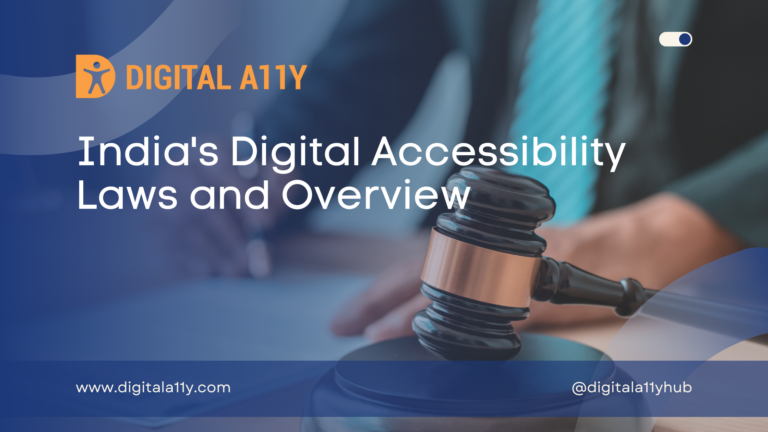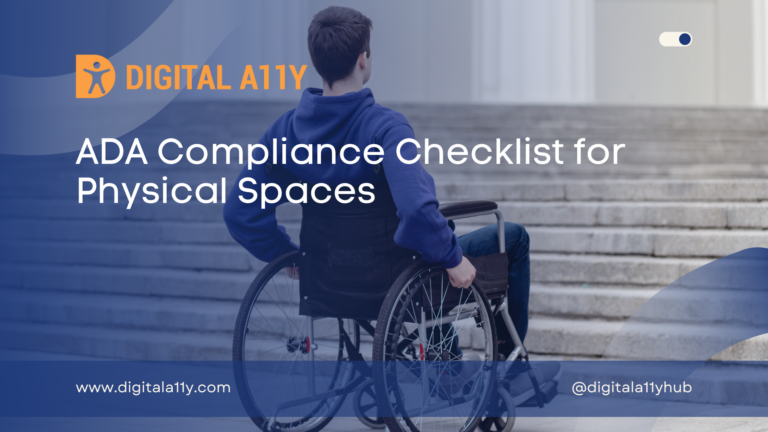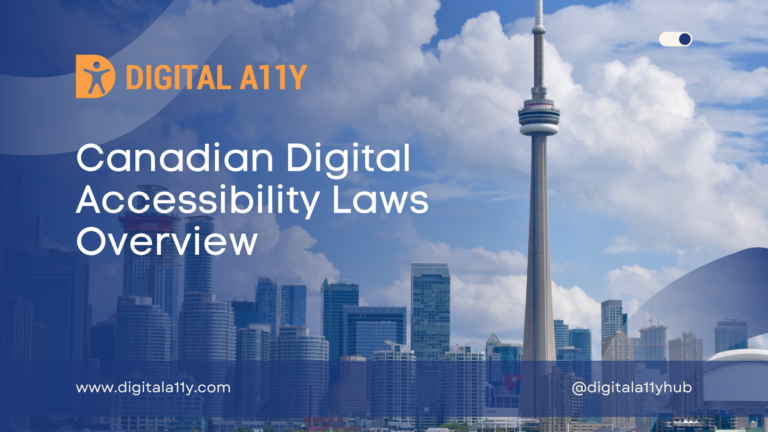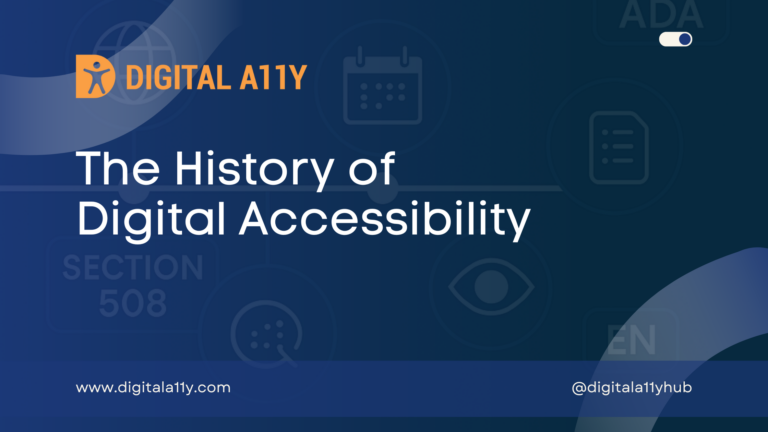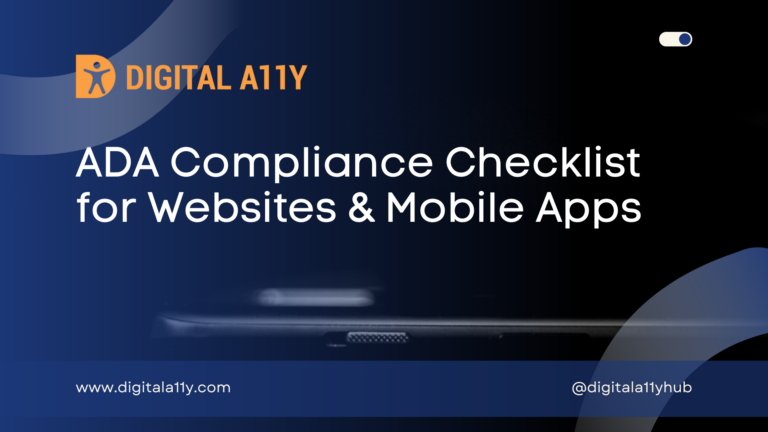India’s Digital Accessibility Laws and Overview
India is one of the fastest growing and emerging markets for innovating, building, and nurturing digital technology. Many organizations hire computer engineers and designers and set up offices in India due to the availability of great talent at a lower cost. Like many countries, India has a substantial population of people with disabilities. According to…
